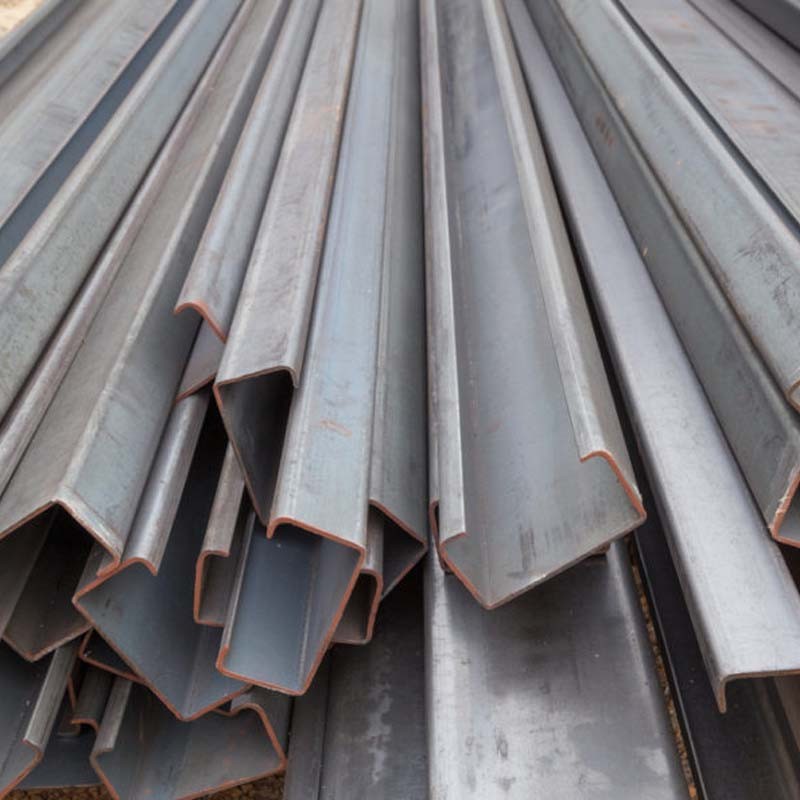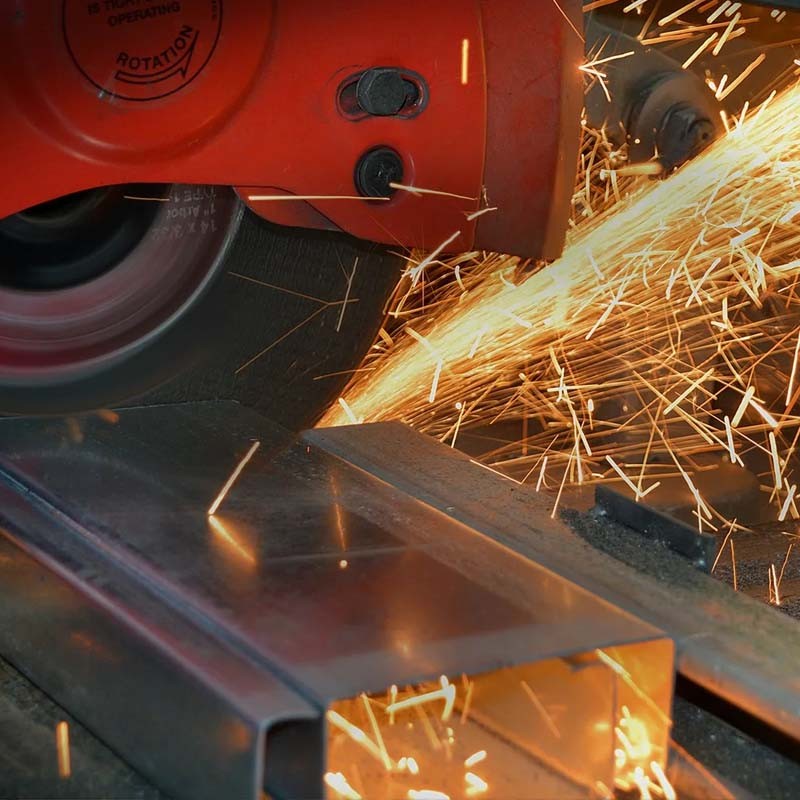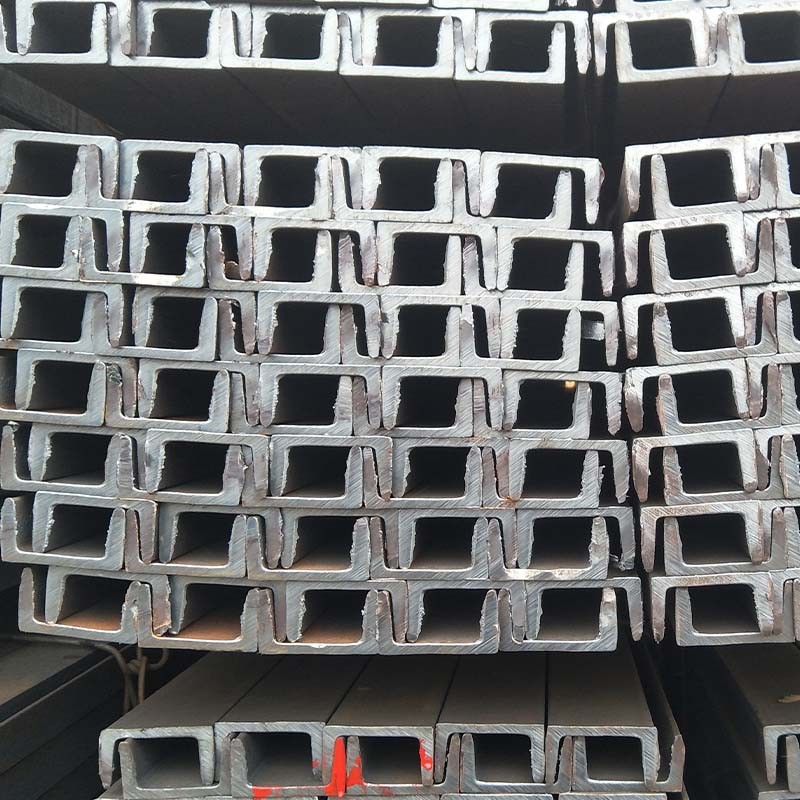
Steel channels are hot-rolled carbon steel, shaped to have a vertical web and two horizontal flanges. The web is typically wide, while the flanges can either be parallel or tapered.
Steel channels have excellent strength and durability, which makes them ideal for steel structures. They are often found in building frames and braces, as well as in supports for a variety of heavy equipment and machines.
Steel channels are also very thick, which allows them to absorb sound and muffle vibrations.
However, these are only just a few of their many possible applications, which are very tough, long-lasting, and have many other great qualities.
How steel channels are made:
Steel channels are usually made from hot-rolled mild steel. In this process, a metal strip is fed through a series of rollers — also known as supports. This distorts the strip until the desired shape and form are created. After the shaping is completed, the rolled form is cut to the required length.
The process of creating steel channels is generally quick and low-cost. Steel channels also don’t require any extra processing or finishing steps. This allows steel channels to be mass-produced at an affordable price.
However, there are cases where steel channels will be subjected to extra fabrication steps after being hot-rolled. They can be galvanized after fabrication to improve their durability and corrosion resistance. They can also be drilled or machined to fit the precise specifications of the project. Lastly, they can be welded to create larger or custom forms.
Steel channels have many uses, from homes to industrial buildings to other metal structures. Some common applications include:
Constructing walls for warehouses, garages, and other similar structures, wherein they are installed similarly to studs for supporting the building’s vertical load.
As attachment points for sidings, such as sheet metal. Here, they are run horizontally from pole to pole to create a connecting arm for external and internal wall finishes.
As rafters for light-duty roofs, where they run from eaves to ridge and provide support for the roof deck.
As supporting metal for heavy-duty roofs, where steel channels are installed perpendicularly on top of l-beam rafters. This bridges the spaces between the rafters, allowing them to be spaced further apart, while also creating attachment points for the roof deck.
As strong frames for windows and doors. Channels are attached in four parts, with miter joints on each end to create a flat surface in the opening on which a door or window can be mounted.
To support hardwood beams in a wood-framed building when extra strength is required. Either the wood beam is placed in a large steel channel, or steel channels are added at the bottom of an existing beam to boost their strength.
To make car frames. Primary frame rails that run from end to end of the vehicle are usually made from heavy-duty steel channels. Braces and other structural components are made from lighter steel channels.
In building trailers, such as box trailers, travel trailers, and even recreational vehicles (RVs).
In commercial and industrial buildings, where they are installed in conjunction with l-beams and other structural steel pieces. In this application, they can be used as studs, braces, girts, and joists.
They can also be used for railings, bridge trusses, guard rails, stair stringers, and other similar structures in buildings.
Steel channels are a very flexible and versatile steel product, with many uses in structural support — both in light-duty and heavy-duty applications.







|

|

|

|

|
| Timely Info | Independent | Platform | Multiple guarantees | Self-operated storage |
| About us | Channel | Useful tools |
|---|---|---|
| About China Steel Market | Prices | Steel Weight Calculation |
| Contact Us | Answers | Why Choose Us |
| Terms & Conditions | Inventory | |
| Privacy Policy | Help |
Hot search words: